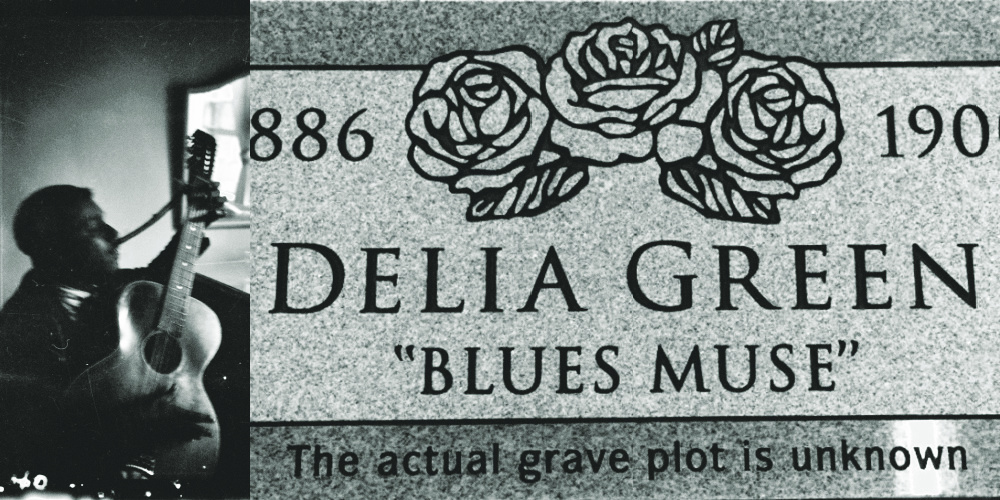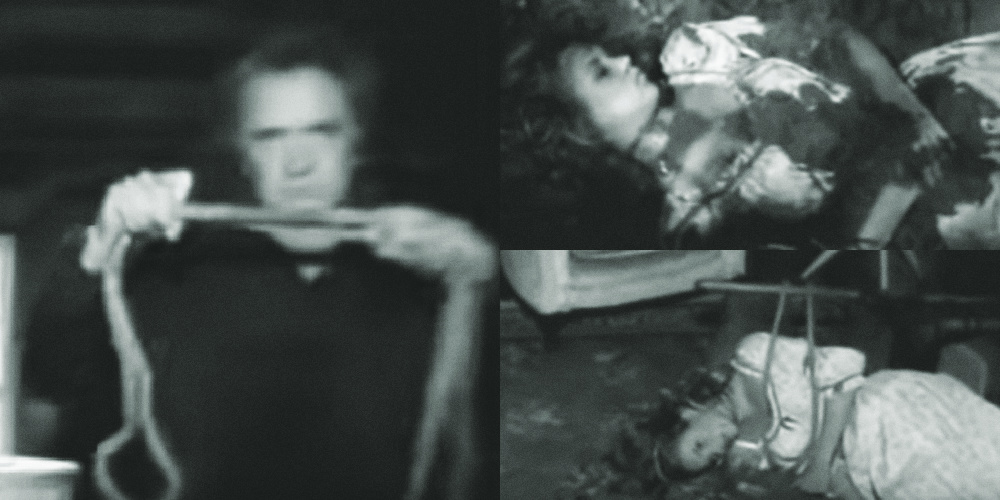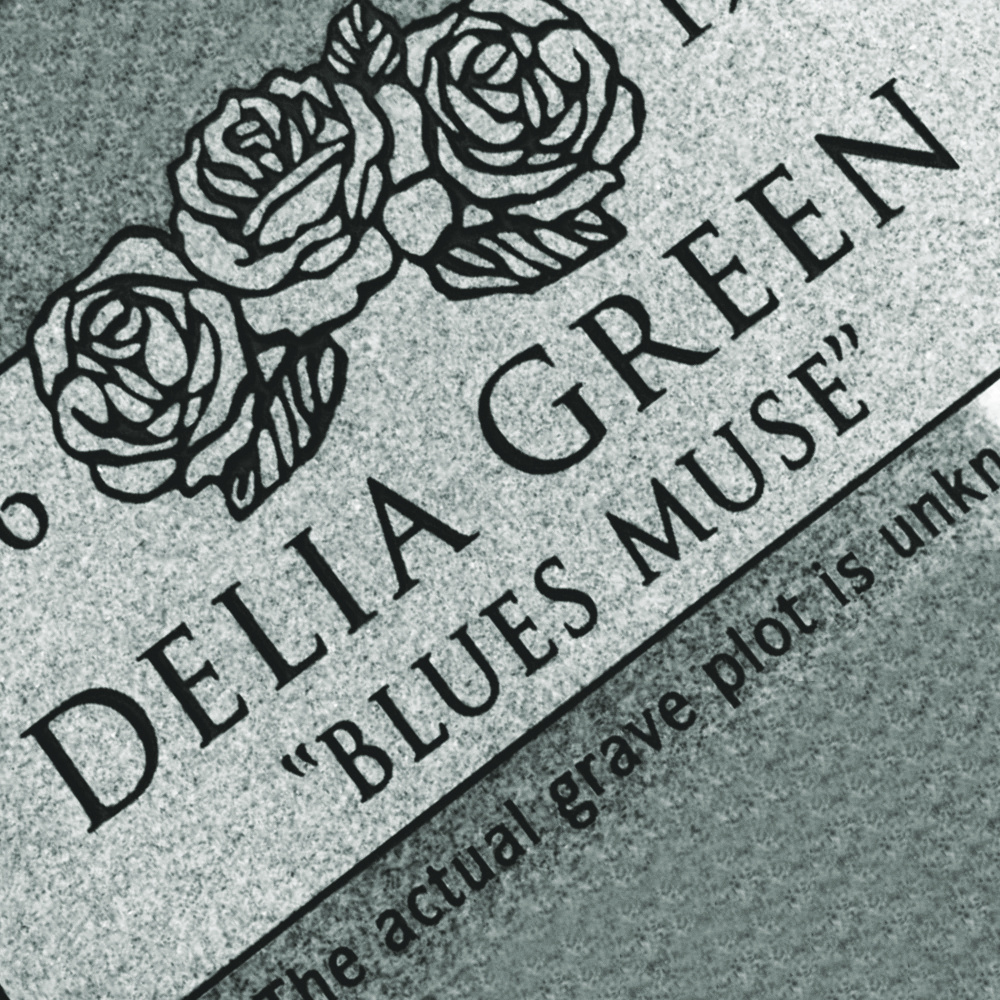
|
 |
 |
 |
 |
 |
 |
 |
 |
 |
|
DELIA'S GONE |
|
If you're a fan of old school folk, country, and jazz, chances are you've heard a song or two about Delia. But what you may not know is that these songs are inspired by real people. Songwriters through the years have taken varying degrees of creative license when telling the tale of Delia's fate, and the actual events surrounding her life and death are largely forgotten. She was a gambler in some versions, a prostitute in others. Today, the most well known version describes her as an evil woman whose luck ran out when she messed with the wrong guy. In reality, Delia Green was a 14-year-old Black girl living in Savannah, Georgia in 1900 when she was shot and killed at a Christmas Eve party by 15-year-old Moses Houston. Intoxicated, Houston began publicly bragging to party goers about his sexual relationship with Green, using language to imply some sort of ownership over her. She denied it and rejected his claims, calling him a "son of a bitch" in the process. Ego bruised, he responded by shooting her in the groin. She succumbed to her injuries hours later, on Christmas day, and was buried in an unmarked grave in Savannah's Laurel Grove Cemetery. Houston was sentenced to life in prison, but only served 13 years before being granted parole. |
|
Tragic circumstances like these often proved to be fertile grounds for songwriters, who rushed to use jaw-dropping breaking news stories to inspire fresh material. Though the original writers have been lost to time, Library of Congress field recordings suggest Delia Green was a popular lyrical subject from the time of her death until the end of the 1910s. While the tale of Green's murder fell out of favor for several decades, it returned with a vengence by the middle of the century. Piedmont blues guitarist Blind Willie McTell recorded "Delia" and "Little Delia" in the 1940s, and Bahamas-based calypso musician Blake Alphonso Higgs recorded "Delia's Gone" in the 1950s. From there, the American folk music revival aroused a flurry of "Delia" covers, including from Pete Seeger, Bob Dylan, Josh White, and Burl Ives. Johnny Cash released his own version in 1962, and another in 1994, the latter accompanied by a grotesquely glamorous Anton Corbijn-directed music video starring supermodel Kate Moss. Throughout the clip, Moss is posed dead-eyed beneath a noose and motionless at the bottom of a grave, dirt raining down on her. Cash, when not carrying Moss' lifeless body around, stands in a cemetery strumming his guitar, "DELIA" printed on the cross behind him. The song helped propel Cash's career comeback, with the LA Times proclaiming "Delia's Gone, But Man in Black's Back."
The recording itself is also particularly nasty. Adding verses that describe Delia as "cold and mean," Cash submits his actions as a blueprint for other men to follow: "So if your woman's devilish, you can let her run or you can bring her down and do her like Delia got done." While this rendition is particularly brutal considering the story behind the song, it's worth noting that this cold-hearted interpretation potentially matches the emotions of the moment more truthfully. During his confession, Houston reportedly exhibited zero remorse, saying he'd do it all over again if given the chance. Not all versions are so cruel, however. Harry Belafonte released multiple stirring renditions, first in 1954 and again in 1967, lyrics rewritten to present the reason for Delia's mysterious absence as unknown. He also movingly covered the original in 1959, making him a particularly skilled interpreter of this story. And David Bromberg's 2016 re-recording is another standout among dozens of "Delia" performances. In 2020, 120 years after her death, the non-profit Killer Blues Headstone Project raised the funds to finally deliver Green her own grave marker. It's a thoughtful tribute to the girl who has inspired countless musicians to pick up their guitar, but whose actual existence has been largely forgotten. So the next time you're singing along with "one more round, Delia's gone," remember the child whose death inspired those words. Rest in peace, Delia Green. |
|
True to folk song tradition, "Delia's Gone" has traveled far and wide since its creation in the early 1900s, continually morphing stylistically. From Piedmont blues and American folk to Bahamian goombay, Norwegian calypso, Dixieland jazz, rambunctious psychobilly, bubbly pop rock, contemporary country, and theatrical vocal jazz, its ever-shifting sound has kept the song alive over 120 years after that fateful Christmas Eve. Stream the Crow's chronological recording history of "Delia" and "Delia's Gone" below, featuring over 40 significant and noteworthy renditions. |
|
I may earn a small commission from purchases made via links on this site.
 |
 |
 |
 |
 |
 |
 |
 |
 |
© The Headless Crow | Stay Spooky!


